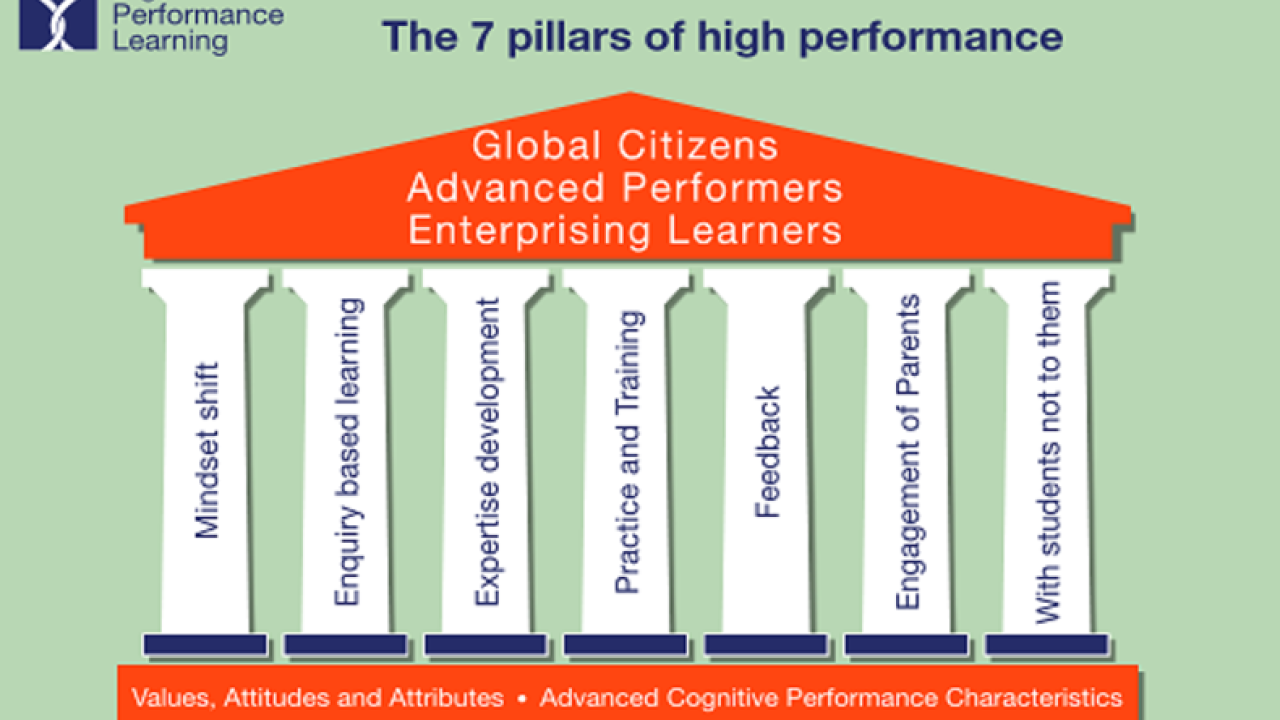Improving Classroom Practice Through ‘Structured Tinkering’

HPL founder Deborah Eyre discusses why Structured Tinkering - with a goal in mind and in collaboration with others - will boost the impact of this and still place the individual teacher at the centre.
Good teachers rarely teach the same thing in exactly the same way twice. Teachers are always ‘tinkering’ with their practice to try and improve it. The first time, or the first few times, is about planning carefully and seeing how the lesson works. It may go brilliantly, or it may have some good aspects, or it may not work well at all. All this means that the next time around there are likely to be some minor changes and over time the lesson (perhaps the topic or scheme of work) is refined so it works better. This is a natural process in good teaching - no-one wants to repeat lessons or topics that didn’t work well or that students found unexpectedly hard to understand. My own experience of doing this was part of the spark for what I call ‘Structured Tinkering’.
General tinkering is a kind of survival tactic and a key reason why more experienced teachers seem to find the craft of teaching more straightforward than those coming new to it. Seasoned teachers have more experience about how new knowledge and concepts they will be teaching may land with a given class or age group, giving them the time and the confidence to adjust mid lesson to meet the needs of individuals. In fact most experienced teachers whose classes are going well can’t resist a minor tweak or two!
Tinkering is a well-recognised way of working what is less commonly appreciated in schools and that is, this tinkering is a legitimate way to work and can lead to really significant results. Tinkering is a widely accepted way of making change in many sectors and a very successful one. The philosopher Karl Popper (1944 ), concluded that:
“Piecemeal tinkering combined with critical analysis is the main way to practical results in the social as well as natural sciences.”
He went on to say that it is a more effective way to make change than the more conventional grand schemes. Many have followed his ideas and this concept is still much favoured.
Structured Tinkering
I have always liked the idea of tinkering and around fifteen years ago I started to look at whether tinkering with a specific purpose could be even more valuable than just random tinkering. I call this approach ‘Structured Tinkering’. Recently people have been asking me about this and it seems more relevant now than ever.
Structured Tinkering provides a way of making changes to practice, finding new methodologies which the teacher thinks will enhance their pedagogy. For example, in High Performance Learning we foreground a set of cognitive competencies that research shows help students be successful. We encourage teachers to integrate these systematically into their teaching repertoire so that students get enough practice and can master them. We don’t restructure their lessons for them, we simply ask them to tinker with a purpose. That is Structured Tinkering.
Popper, C. (1944) The Open Society and its Enemies. Abingdon: Routledge Eyre. D, (2007) Structured Tinkering: Improving Provision for the Gifted in Ordinary Schools in Gifted and Talented International volume 22 Issue 1 Hamilton, A, Hattie, J. (2021) Getting to Gold. Copyright © 2021 by Corwin Press, Inc
The drivers behind the Structured Tinkering approach are simple but powerful: Firstly, embrace the facts that teaching is a complex business and every teacher has developed their own unique teaching style, which is probably hard to change. Students vary too, and teaching needs to fit the context of the school and the class. Secondly, celebrate that good teachers are by nature reflective. Structured Tinkering sets out to nurture and encourage this critical analysis.
Stay up to date
Subscribe to the free GESS Education newsletter and stay updated with the latest insights, trends, and event news every week. Your email address will remain confidential

